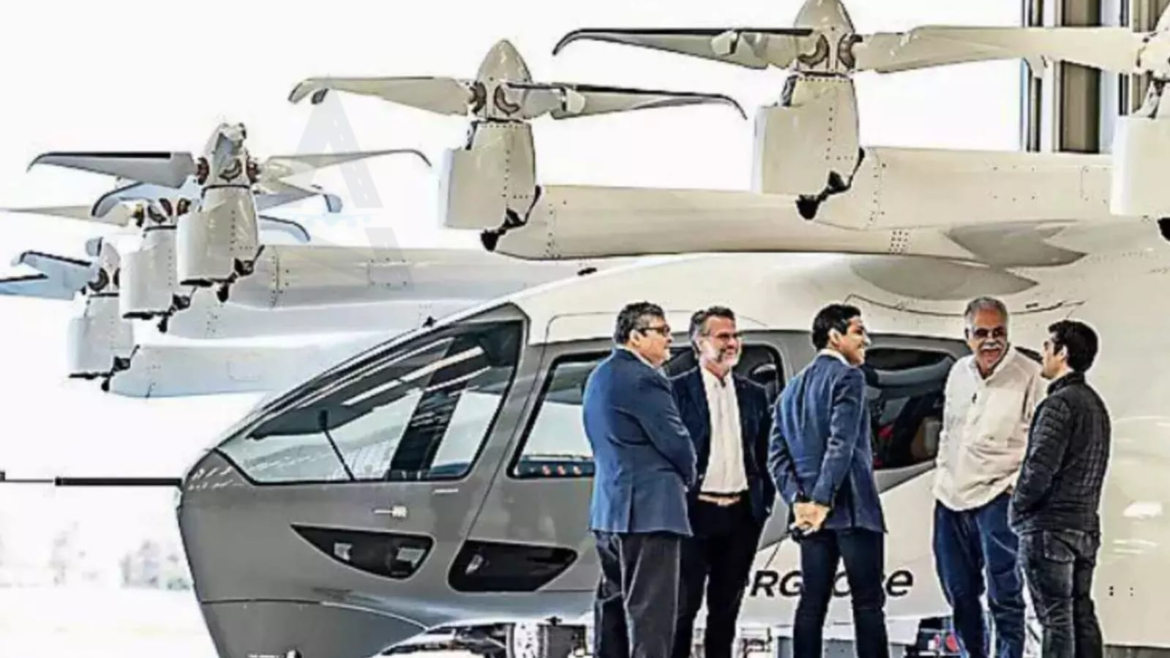The dream of flying over city traffic in a personal air taxi is set to become a reality soon, as the Directorate General of Civil Aviation (DGCA) has officially approved the launch of air taxi services in India. This marks a significant step towards transforming urban mobility, offering a faster, more efficient alternative to traditional ground transportation.
Air taxis, which are small, electric vertical take-off and landing (eVTOL) aircraft, are designed to carry passengers within city limits, bypassing the congested roads below. With the DGCA’s green signal, these innovative aircraft are expected to soon become a common sight in the skies over some of India’s largest cities. Initial launch plans indicate that air taxi services will start in cities like Mumbai, Bangalore, Delhi, and Hyderabad — urban centers known for their heavy traffic and long commute times.
These cities have been selected for their high demand for quick and efficient transport options. The introduction of air taxis aims to cut down travel times drastically, making them an attractive choice for those looking to avoid long hours spent in traffic. For example, a typical 90-minute car ride across a crowded city could be reduced to just 15-20 minutes by air taxi, providing a significant time-saving advantage.
The air taxis will operate on a ride-sharing model, much like app-based car services, allowing passengers to book flights on demand. The electric-powered eVTOL aircraft are environmentally friendly, with zero emissions, and are designed to be quiet, reducing noise pollution in urban areas. This aligns with the government’s broader goal of promoting sustainable transportation options to combat climate change.
The DGCA’s approval follows extensive testing and evaluation of these air taxis to ensure they meet strict safety standards. The regulatory body has collaborated with several tech companies and manufacturers to ensure that the aircraft are reliable, safe, and ready for public use. The first phase of implementation will involve pilot programs to test routes, refine operational logistics, and assess passenger experiences.
The launch of air taxis also opens up exciting possibilities for the future of urban infrastructure. Experts anticipate the development of ‘vertiports’—dedicated areas for take-off, landing, and passenger handling—across cities to support this new mode of transport. Existing helipads, rooftops of skyscrapers, and unused land spaces could be repurposed to serve this function, making air travel within cities a reality.
With the green light from DGCA, the stage is set for India to embrace air taxis as a revolutionary step in urban transportation. While initial adoption may be limited to premium segments, the long-term vision includes making air taxis accessible to a broader audience as technology advances and costs decrease.
As air taxis prepare to take to the skies, they promise to redefine the way people travel within cities, offering a glimpse into a future where flying over traffic becomes as routine as taking a bus or a train. The countdown to the air taxi era has begun, and it won’t be long before the skies over our cities are buzzing with this exciting new mode of travel.

